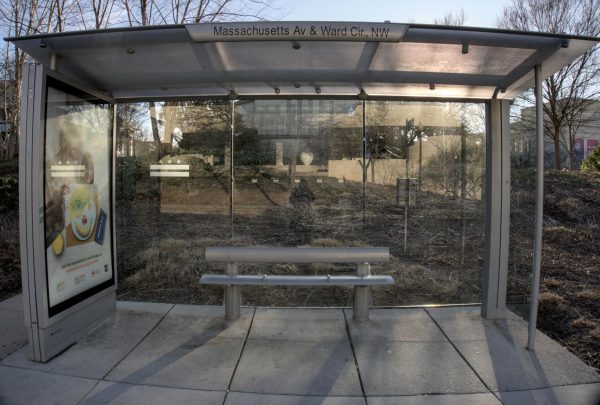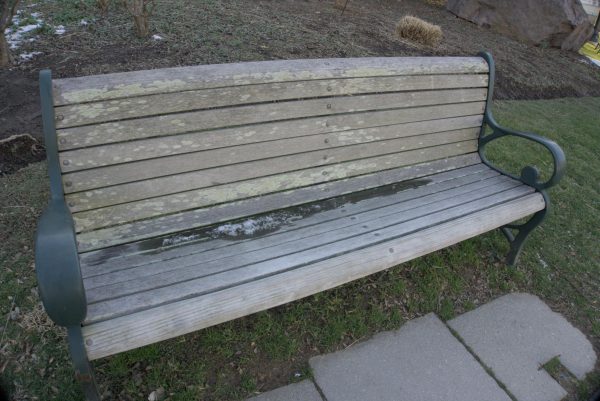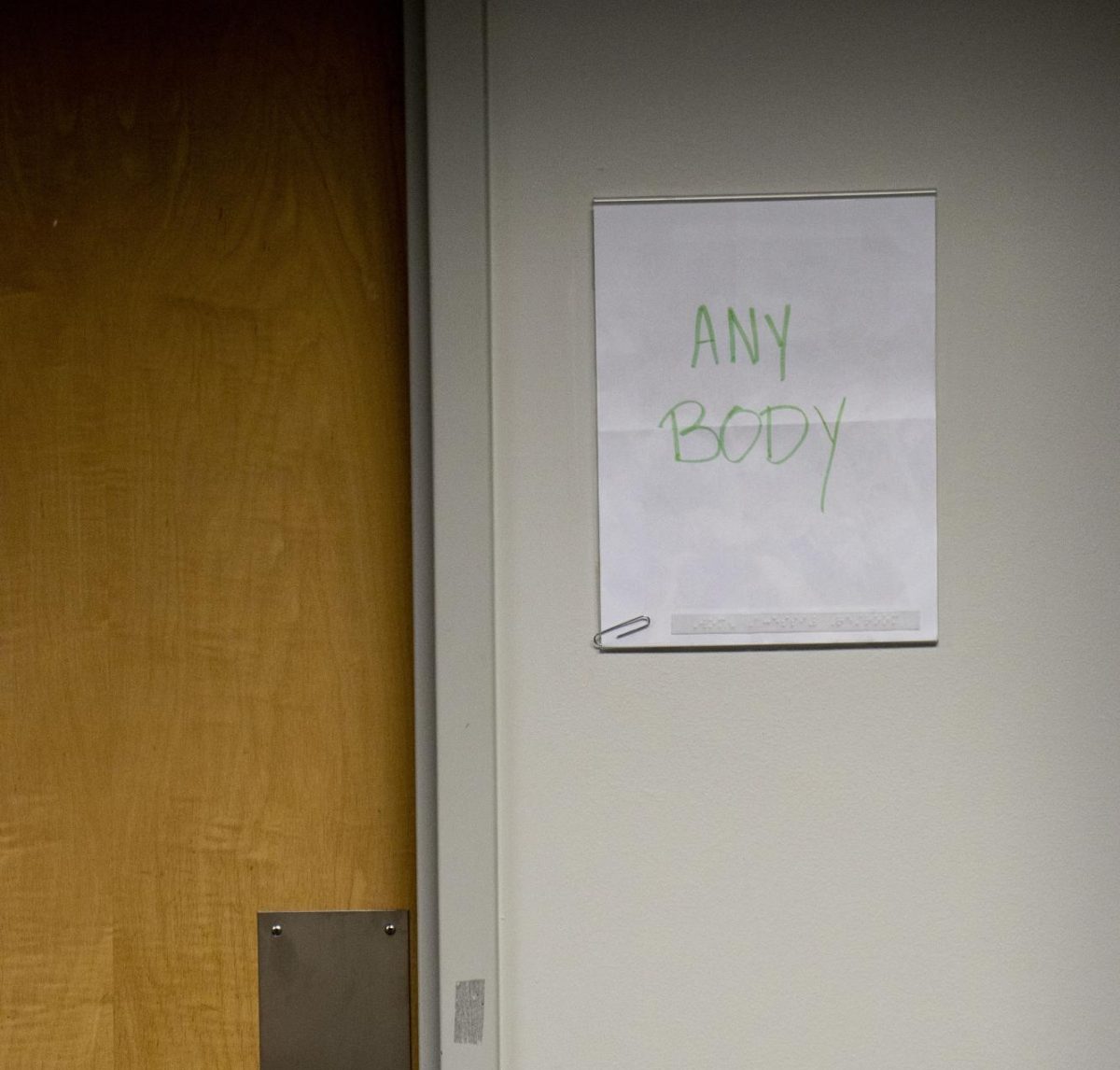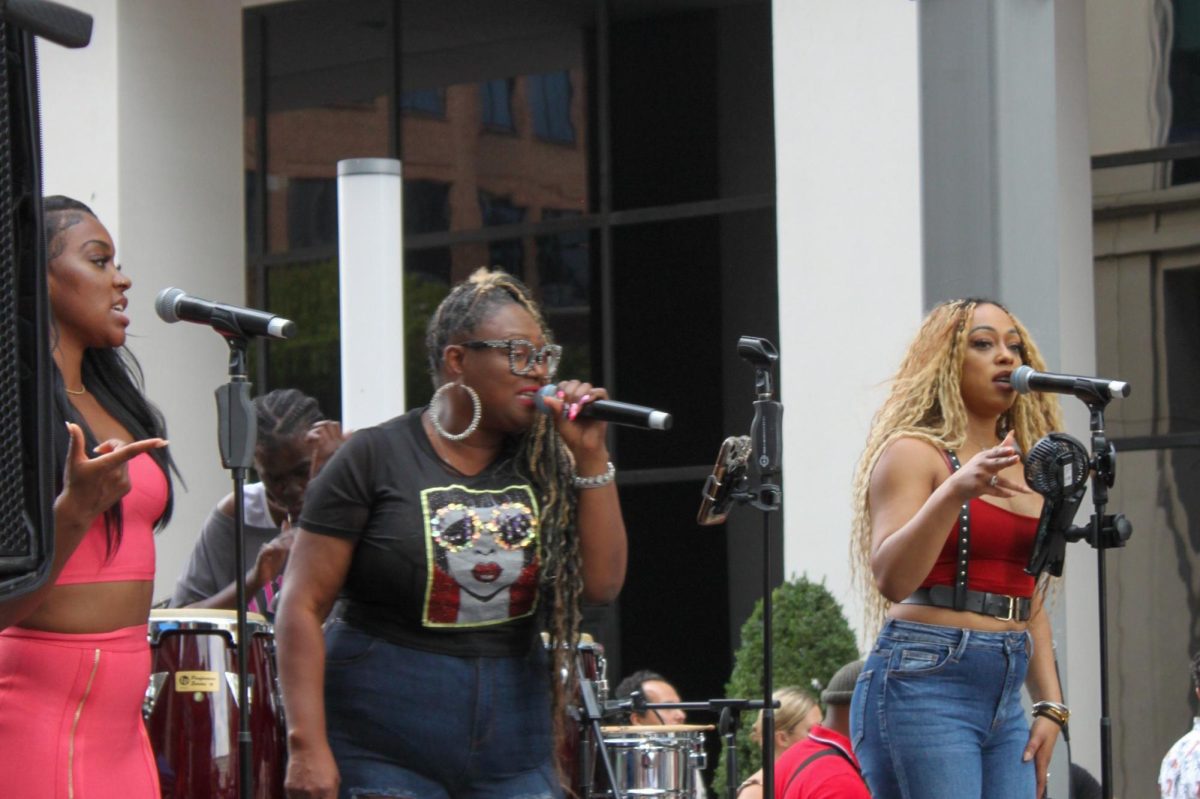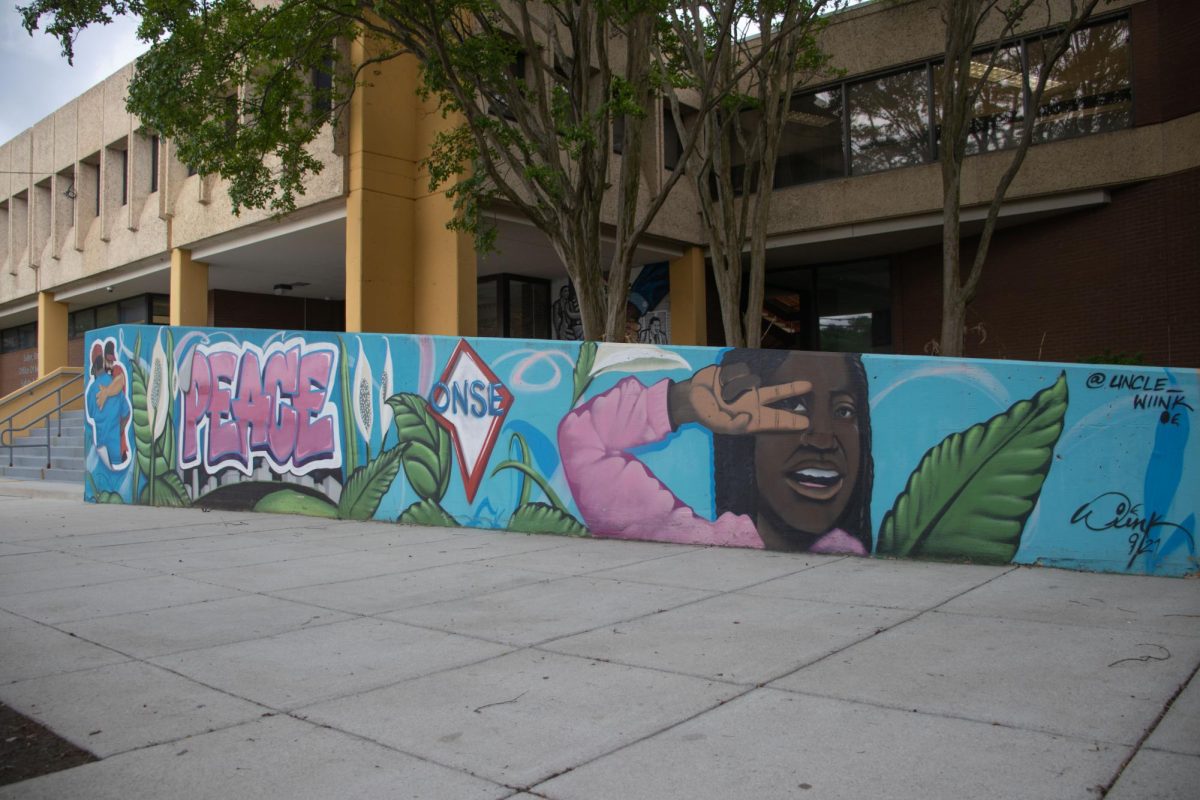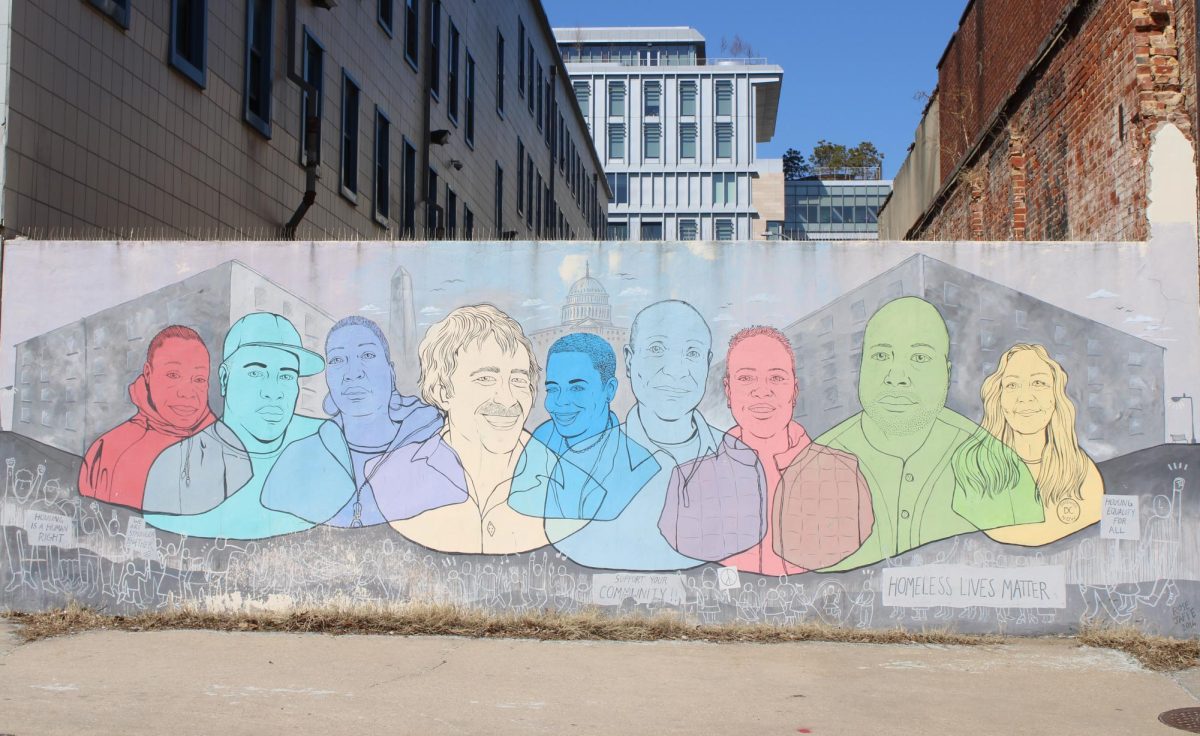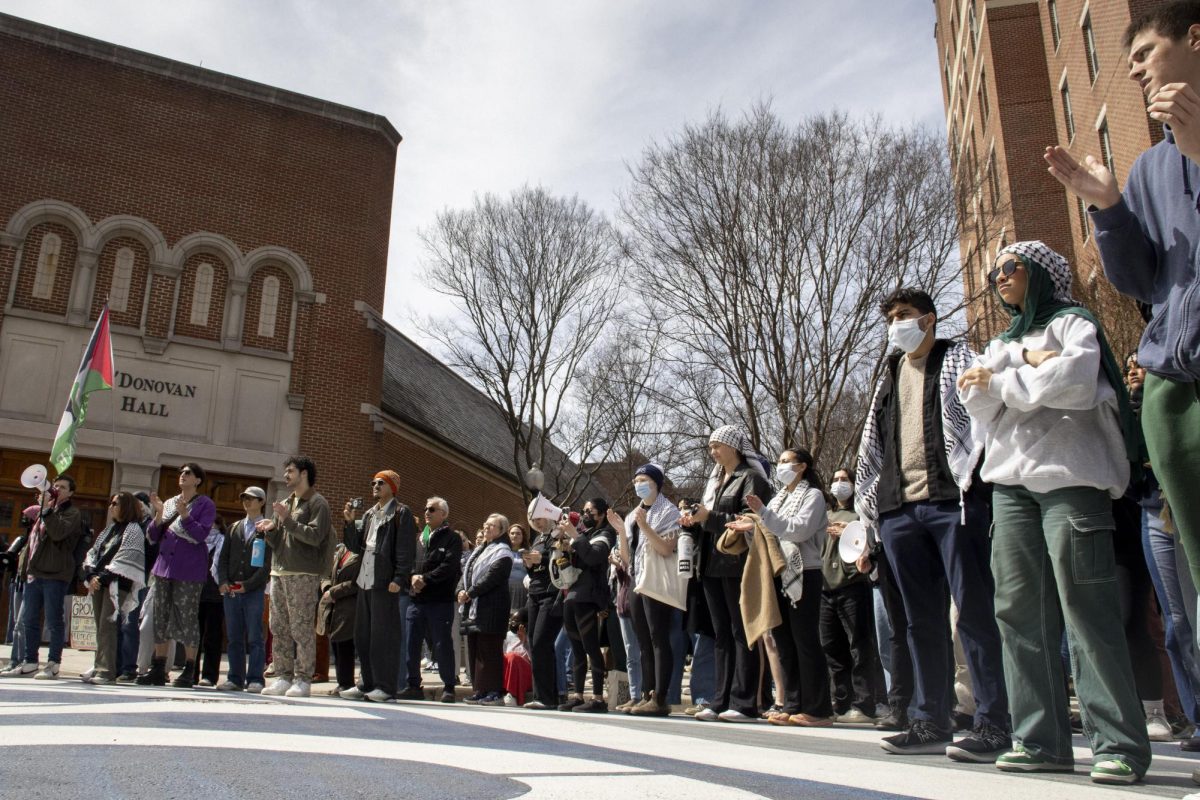American University and public bus benches use bars to restrict skaters and people experiencing homelessness, respectively.
Hostile architecture is generally defined as architecture designed to curb certain activities or people from using a space, according to Maryland nonprofit the Neighborhood Design Center.
Spikes to deter birds, bumps on a bench to dissuade skaters and an extra arm on a bench to keep people experiencing homelessness from sleeping.
There are skateboard deterrents, but not features intended to prevent individuals from resting or lying down, Jasmine Pelaez, the internal communications manager for the Office of Communications & Marketing, said in an email.
“These features deter skateboards from going onto seating walls, retaining walls, and other structures to perform tricks, such as grinding or rail sliding,” Pelaez said. “These tricks and skateboard usage can damage these physical features and increase safety risks. Skateboard deterrents are widely used and are common features.”


Another place where inconvenient or hostile architecture can be observed is at bus stops. Benches are often sloped or interrupted by bumps to deter people from lying down on them.
Hostile architecture is designed to be visually unintrusive. This photo essay aims to show where architecture aims to prevent people from using spaces in certain ways.
